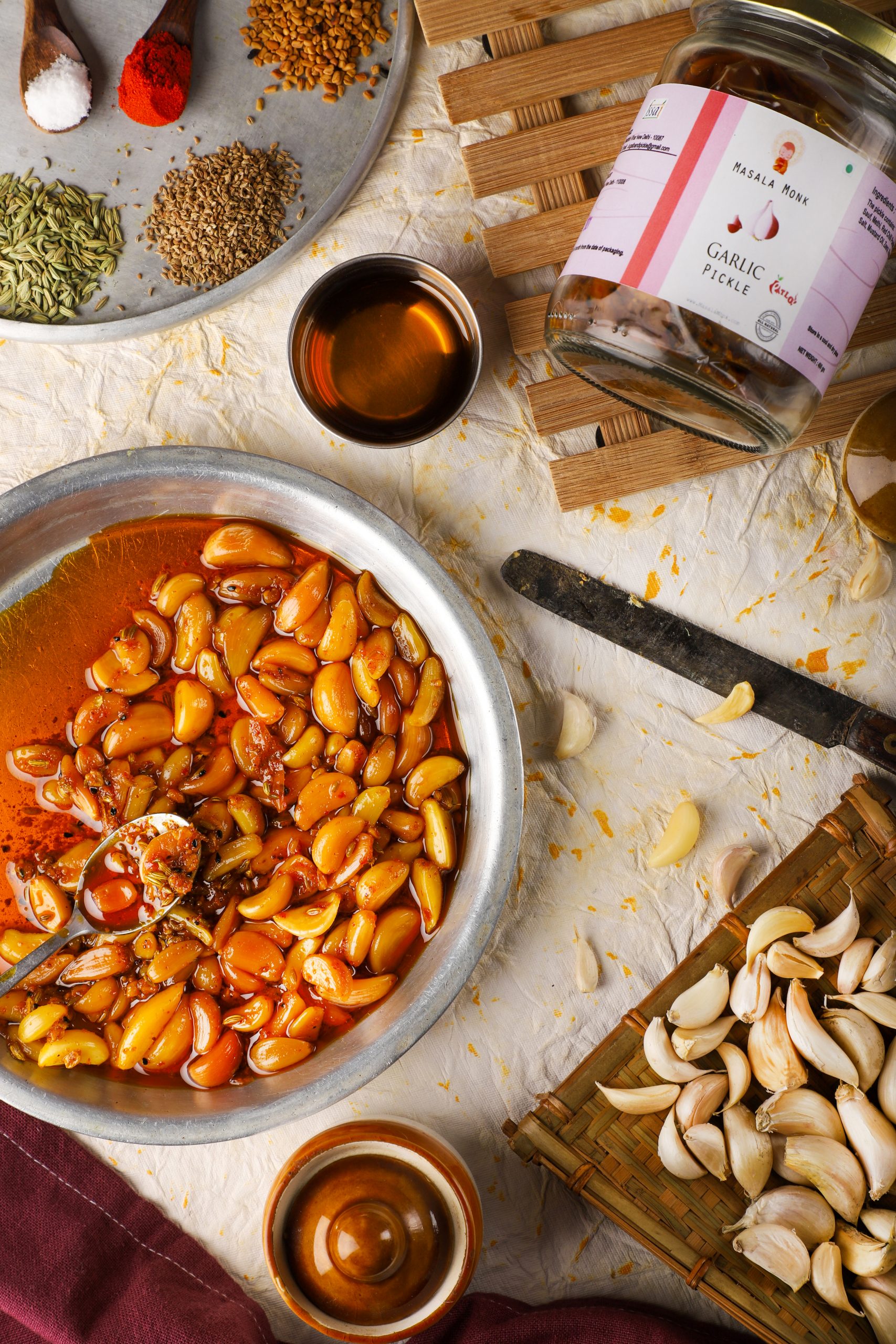
Labetalol is a medication used to manage high blood pressure (hypertension). It belongs to a class of drugs known as beta-blockers, which work by blocking the action of certain natural substances in your body, such as adrenaline, on the heart and blood vessels. By doing so, Labetalol reduces heart rate, blood pressure, and strain on the heart. While it can be a lifesaver for many individuals dealing with hypertension, like any medication, it comes with potential side effects. This article aims to provide a comprehensive overview of these side effects, from the most common to the rare but serious ones, so you can make an informed decision about your health.
Understanding the Common Side Effects of Labetalol
1. Dizziness, Faintness, and Lightheadedness
One of the most common side effects of Labetalol is a feeling of dizziness or lightheadedness, especially when getting up from a lying or sitting position. This is usually temporary as your body adjusts to the medication.
2. Shortness of Breath
Some patients may experience shortness of breath while taking Labetalol. If this symptom persists or worsens, it’s crucial to seek immediate medical attention.
3. Swelling and Tightness
Labetalol can cause swelling of the face, fingers, feet, or lower legs. Some patients also report a feeling of tightness in the chest.
4. Wheezing and Asthma
In some cases, Labetalol can cause or worsen wheezing and other symptoms of asthma. If you have a history of asthma, discuss this with your doctor before starting Labetalol.
Beyond the Common: Less Frequent and Serious Side Effects of Labetalol
5. Heart-Related Issues
Labetalol can cause a variety of heart-related issues, including uncontrolled heart failure, very low blood pressure, slow heartbeats, congestive heart failure, and angina (chest pain).
6. Liver Disease and Other Organ-Related Problems
In rare cases, Labetalol can cause liver disease. Symptoms can include clay-colored stools and dark urine.
7. Breathing Problems and Chronic Conditions
Labetalol can exacerbate breathing problems, especially in patients with emphysema, chronic bronchitis, or other breathing problems.
8. Sexual Dysfunction and Reproductive Health Issues
Some patients may experience sexual dysfunction, including ejaculation failure and decreased libido, while on Labetalol.
9. Mental Health Concerns
Labetalol can cause mood changes and feelings of depression. If you experience these symptoms, it’s important to discuss them with your healthcare provider.
Rare but Serious Side Effects of Labetalol
10. Skin-Related Side Effects
Rarely, Labetalol can cause skin rashes and other skin-related issues. If you develop a rash or experience any skin changes, seek medical attention promptly.
11. Bradycardia, Hypotension, and Fatigue
Some patients may experience bradycardia (slow heart rate) and hypotension (low blood pressure) while on Labetalol. Fatigue and weakness may also occur.
12. Depression, Memory Loss, and Impotence
In some cases, Labetalol may contribute to feelings of depression and memory loss. It can also lead to impotence in men.
13. Weight Gain
Weight gain is a potential side effect of Labetalol. If you notice unexplained weight gain, discuss it with your doctor.
14. Unusual Sensations and Other Side Effects
Some individuals may experience unusual sensations, such as tingling or prickling, while on Labetalol. Other side effects may include chills and a feeling of constant movement.
Labetalol and Withdrawal Symptoms
Labetalol should not be stopped suddenly, as it can lead to withdrawal symptoms. If you need to discontinue the medication, your doctor will advise you on a proper tapering schedule to minimize potential withdrawal effects.
Labetalol and Anxiety: What You Need to Know
While Labetalol is not specifically indicated to treat anxiety, some individuals may experience anxiety as a side effect of the medication. If you notice increased anxiety while taking Labetalol, consult your healthcare provider.
The Connection Between Labetalol and Weight Gain
Weight gain can be a concern for some individuals on Labetalol. It’s essential to maintain a healthy lifestyle, including a balanced diet and regular exercise, to manage weight effectively.
Labetalol and Hair Loss: Is There a Link?
Hair loss is not a common side effect of Labetalol. If you experience significant hair loss while taking the medication, it’s advisable to discuss this with your healthcare provider to explore potential causes.
Understanding Labetalol-Induced Hyperkalemia
Hyperkalemia (elevated potassium levels) is a rare but serious side effect of Labetalol. If you experience symptoms such as muscle weakness, irregular heartbeat, or tingling, seek medical attention promptly.
FAQs about Labetalol
- Is Labetalol safe during pregnancy? Labetalol is generally considered safe for pregnant women with hypertension. However, it’s essential to discuss the risks and benefits with your doctor before taking any medication during pregnancy.
- Can I drink alcohol while taking Labetalol? Alcohol consumption may worsen certain side effects of Labetalol, such as dizziness and drowsiness. It’s advisable to limit alcohol intake or avoid it altogether while on this medication.
- Can Labetalol cause weight loss? Weight gain is more commonly reported than weight loss as a side effect of Labetalol. If you experience significant weight changes, discuss them with your healthcare provider.
- Does Labetalol interact with other medications? Labetalol can interact with other drugs, including blood pressure medications, antidepressants, and medications for diabetes. Always inform your healthcare provider about all the medications you’re taking to avoid potential interactions.
- Can Labetalol cause insomnia? While insomnia is not a common side effect of Labetalol, some individuals may experience difficulty sleeping. If this occurs, discuss it with your doctor.
- Can Labetalol be used for anxiety? Labetalol is not typically prescribed for anxiety. It’s essential to work with your healthcare provider to explore appropriate treatment options for anxiety if needed.
- How long does it take for Labetalol to work? The time it takes for Labetalol to start working can vary from person to person. In some cases, you may notice improvements in blood pressure within a few hours to days after starting the medication.
- Can Labetalol cause dry mouth? Dry mouth is not a common side effect of Labetalol. If you experience persistent dry mouth, discuss it with your healthcare provider.
- Does Labetalol cause hair growth? Hair growth is not a known side effect of Labetalol. If you notice excessive hair growth while on the medication, consult your doctor to determine the underlying cause.
- Can Labetalol be used for migraines? Labetalol is not a first-line treatment for migraines. However, in certain cases, it may be prescribed for migraine prevention. Discuss your migraine symptoms with your doctor to explore appropriate treatment options.
- Can Labetalol cause chest pain? While chest pain is not a common side effect of Labetalol, it’s essential to report any chest pain to your healthcare provider immediately.
- Is it safe to breastfeed while taking Labetalol? Labetalol can pass into breast milk, but its effects on nursing infants are not well-established. If you are breastfeeding or planning to breastfeed, discuss the risks and benefits with your doctor.
- Can Labetalol cause nausea or vomiting? Some individuals may experience nausea or vomiting while on Labetalol. If these symptoms are bothersome or persistent, consult your healthcare provider.
- Can Labetalol be used for heart palpitations? Labetalol may be prescribed for certain heart rhythm disorders that cause palpitations. However, always consult your doctor for a proper evaluation and appropriate treatment.
- Can Labetalol cause low heart rate? Labetalol can cause bradycardia (low heart rate) in some patients. Regular monitoring of heart rate is essential during treatment.
- Can Labetalol cause depression? Mood changes, including feelings of depression, are possible side effects of Labetalol. If you experience changes in mood, discuss them with your healthcare provider.
- Does Labetalol affect blood sugar levels? Labetalol may mask some symptoms of low blood sugar (hypoglycemia) in people with diabetes. Monitor blood sugar levels closely while on the medication.
- Can Labetalol cause diarrhea? Diarrhea is not a common side effect of Labetalol. If you experience persistent diarrhea, discuss it with your doctor.
- Can Labetalol be taken at night? Labetalol can be taken at any time of day, as directed by your doctor. Follow your prescribed dosing schedule for the best results.
- Is Labetalol a controlled substance? Labetalol is not a controlled substance, but it is available by prescription only. Follow your doctor’s instructions for proper use and dosage.
Conclusion: Weighing the Benefits and Risks of Labetalol
Labetalol can be an effective medication for managing hypertension and certain heart conditions. However, like any medication, it may come with side effects. It’s essential to work closely with your healthcare provider to monitor your response to Labetalol and address any concerns promptly. Remember that the benefits of managing high blood pressure often outweigh the potential risks associated with Labetalol.












